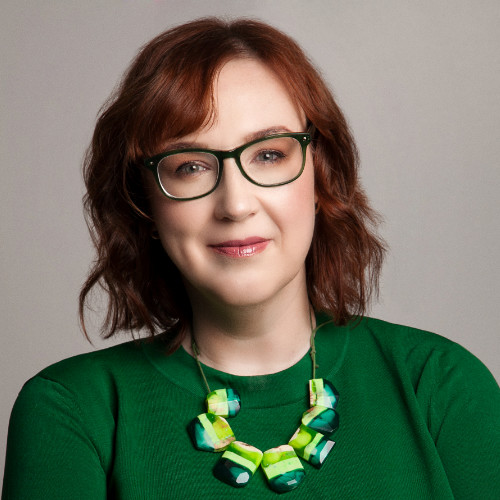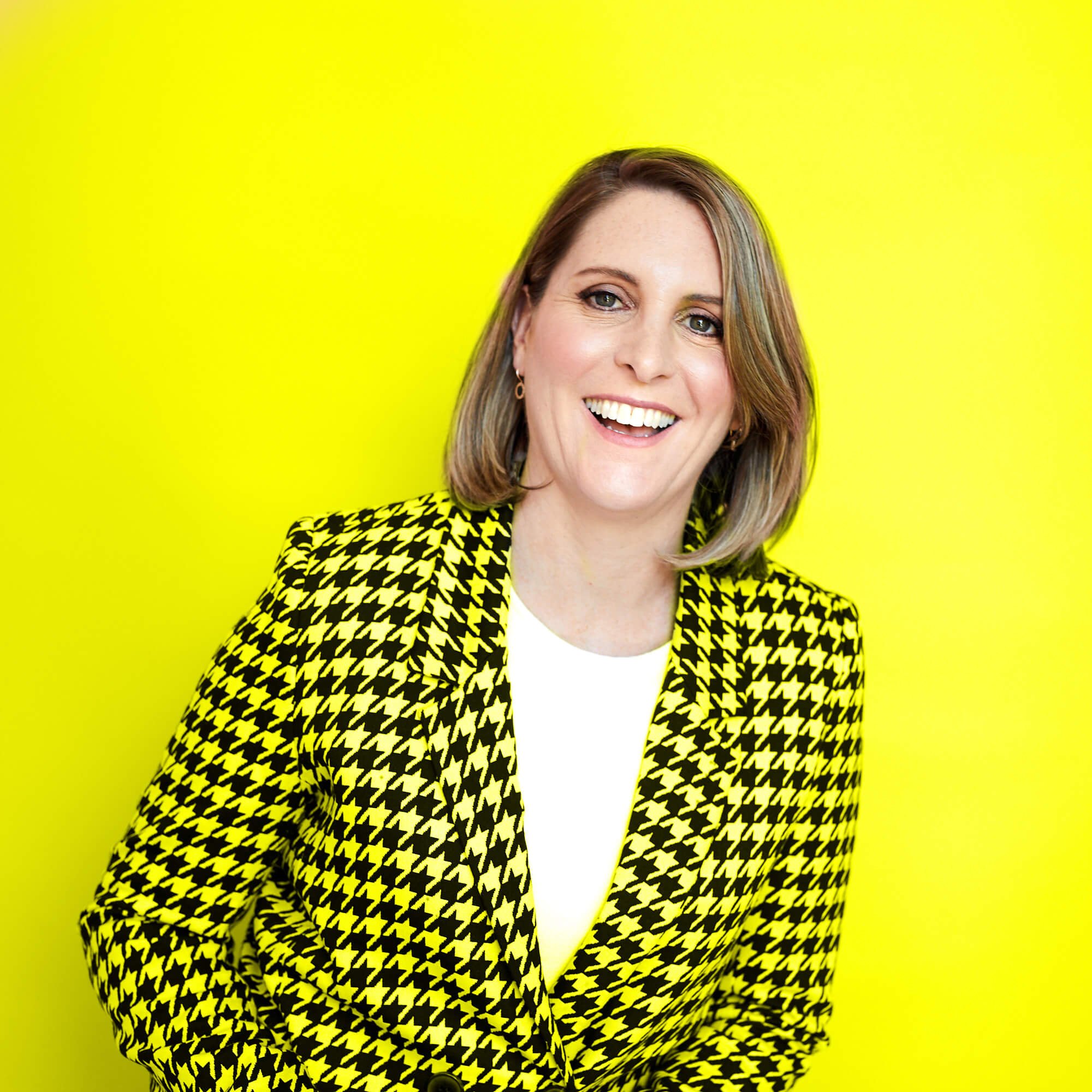I work with many senior practitioners in design, product management and development to help them identify their next senior role in their digital careers.
The conversation inevitably leads to “What is a senior role? I thought it was being a manager. In my organisation, the manager role is seen as the next senior step — it’s the only path provided to increase my salary and status. But it doesn’t sit well with me.”
There are three reasons we look to become 'senior' in our careers
- Increased pay: With organisations providing small annual pay rises and increased costs due to inflation, to receive a larger bump in pay we need to either move to the next pay band with a new role or move to a new organisation.
- Increased status and influence: When we are in lower-level roles we are expected to muck-in and do the work, usually at another person's direction. To be seen as Senior means we can influence our work; the decisions being made in our discipline, product or project; and be seen as deserving of respect and influence.
- Ready for the next step: As we start our career, our focus is on the day-to-day craft—the code we write, the wireframes we develop, the product burndown lists we manage. As we mature in our roles, we may want to do other activities such as creating the product strategy, leading the practice or designing the whole system, or continue doing our craft at a higher level.
Many people I talk to don't know what their options of a senior role are
There are two activities I guide people through:
- Placing themselves in a career ladder and then exploring other roles at the same or higher levels
- Identify what a fabulous, fulfilling day or project looks like and see what they really like to do every day
Using the career ladder from my book Career Architecture, there are Senior roles at Levels 3, 4 and 5, all of which have very different responsibilities.
At Level 4, there are three roles:
- Lead Designer (called a Staff Designer in North America)
- Team Leader
- Independent Consultant
The Lead Designer:
Is still a practitioner but is responsible for planning and guiding the design activities in a workstream or across one or more products. They are not the team manager but are working with them to ensure the work is done correctly. They also do a lot of stakeholder management—working with their peers in different disciplines, client or business stakeholders, and a senior leadership team.
A Team Leader:
Has a dual purpose—learning to manage people all the while continuing to do the craft. This is sometimes positioned as a coach of 1-2 people that allows the designer to assess if managing people is where they want to go.
The Independent Consultant (IC):
Is an expert in the Consulting business. They know how to scope the work and manage the project while doing the work. In that role, the person knows they are being hired for their expertise. They do not want to be a permanent member of the client’s organisation; they love the variety and not having to deal with business-as-usual activities (BAU).
As you can see each role is different and will suit different personalities and skill sets.
How to discover your preferences for a Senior role
To define someone’s preferences, I walk them through three amazing projects where they feel fulfilled, achieved and happy.
Common themes I’ve heard:
- I love defining the solution
- Seeing the project from definition to delivery was amazing
- My mid-weight grew in confidence and skill. They could manage tasks in the project themselves
- I loved working with the product manager, but not being them
By learning what fulfils you daily, you can identify roles that allow you to do these activities most of the time. It’s work—you will have to do other stuff around it.
An example from my own life, I have determined three aspects of work make me happy:
- Leading people
- Project leadership
- Being recognised for my expertise in digital
I have found senior roles that blend these in different ways:
- Lead Consultant where I lead projects and am known for my expertise
- Head of Product, where I lead products, projects and people
- Head of Design, where I lead proactive and the development of people
So I ask you, what type of Senior role suits you?
Find your level now and explore what other roles could look like. Identify the mix of activities that suit you and make you happy—and then blend.
Latest.

AI adoption failing isn’t the tech, it’s the people. How smart businesses overcome this.
Technology, Thought Leadership, Industry Trends

Temp-to-perm is the best way to hire today.
Hiring Insights

How to keep top talent: Strategies for successful onboarding
Hiring Insights, Ask Aquent, Training Resources





